Speckled lamb

Speckled lamb is a fairly popular culture. It is important for farmers to understand the description of Silver Bacon, White Nancy and other varieties. When their basic properties are established, you will have to get acquainted with planting and care, breeding features.

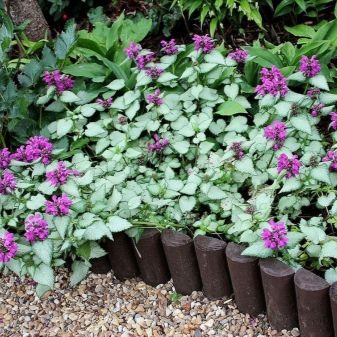
Botanical description
This species is not as well known to the general public as asters, roses or even gerberas.... But at the same time speckled speckled - another name for spotted - deserves close attention. The natural area of its settlement is Eurasia. Basically, the clearnet can be seen in continental Europe, including in the Mediterranean countries. It is also found in Iran and Asia Minor.
A similar plant was brought to the North American continent. But there it is atypical. Basically, speckled speckled grows in dense shrub thickets. You can meet her both in the thicket of the forest, and in ravines. It is a typical herbaceous perennial growing up to 0.7 m.
There are both erect and spreading squat specimens, which is equally the species norm.
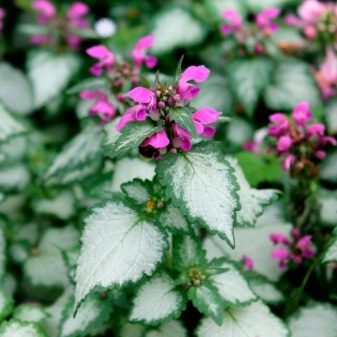
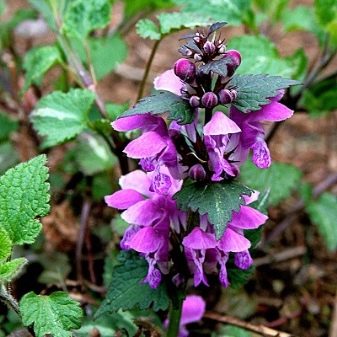
The stems are tetrahedral. Hairiness is typical for them, but its degree varies. The foliage grows in an opposite pattern and is egg-shaped. Some of the leaves have light spots on top. The edge is covered with small teeth. 6 to 10 sessile flowers are included in 1 false whorl. Such inflorescences develop from the axils of the upper leaves. Characterized by a double type of perianth and a corolla 2-3 cm long, having a pink, pinkish or pinkish-purple color. The lamb will bloom in May, and this ends in October. The fruit of such a plant is a coenobium, which is split into 4 nut-like areas; ripeness occurs under normal conditions in June.
Lamb has 18 chromosomes. This groundcover grows very quickly.... Any shoot when it touches the ground is easily rooted by all the nodes. Growth is primarily in width, and the height reaches a maximum of 0.25 m. Typical thickness of adult stems is 0.4 cm. The buds are relatively small. Geometrically, they resemble, rather, snapdragon. Each bud lives no more than 48 hours, but they continuously replace each other, which gives the impression of a very long flowering. The roots of the lamb are extremely powerful. They successfully suppress the development of weeds even without additional assistance measures; only on perennial weeds, such a culture will not be able to take root.
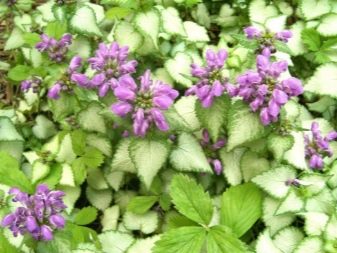
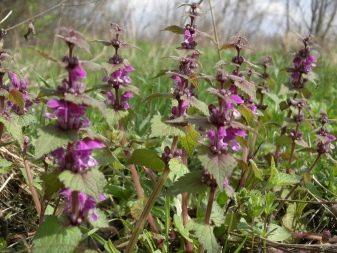
Varieties
Since the experts did not stop at a simple adaptation of the plant to different conditions, they managed to create a number of original varieties... Such types are of great interest even to advanced gardeners.
- The Pink Pewter perennial ground cover type enjoys a good reputation.... Its height reaches 15–20 cm. Branching of the stems enveloped in soft hairs at the very base is characteristic. The foliage of Pink Pewter is oval in shape. Typically pronounced venation. The edges are well serrated. The plates are painted in a silvery white tone and have a dark green edging. White-pink flowers are included in whorls in groups of 10 pieces. You can expect buds to appear in May or June. The specific period is determined by the cultivation region. From 9 to 11 plants are planted per 1 m2. The rate of development is moderately high. Fragile peduncles reach a height of 15 cm.
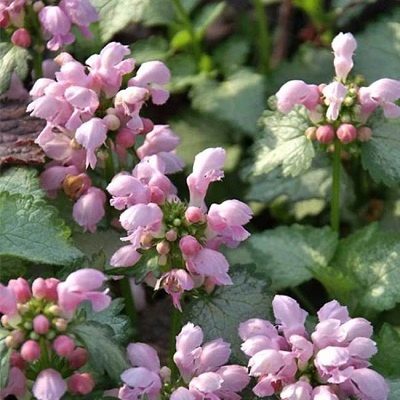
- The cultivar Bacon Silver is praised for its excellent decorative characteristics and excellent flowering. This plant grows to a height of 20 cm. It will grow by 30-60 cm.Flowering starting at the end of May will last until September. A similar culture has jagged foliage, painted in a silvery green tone with a clean green edging; the buds are characterized by a purple-pink hue. The leaves are green even in early spring, when the snow has just melted. The superficial roots of Bacon Silver develop on the stems. Peduncles are extremely fragile and reach a maximum height of 20 cm. Such a plant can decorate any garden. In autumn, the leaves are covered with pink specks.
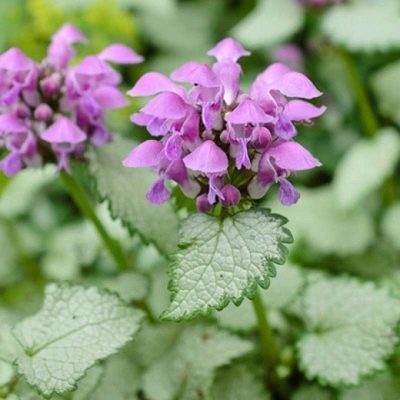
- The rich yellow foliage is characteristic of the Aureum variety. These leaves have a silvery stripe in the middle. In height, the culture does not exceed 20 cm, growing up to 90 cm. Flowering begins from the first days of summer and lasts 30-45 days. The flower buds are light purple in color, and the variety is generally cold-resistant and very hardy. The inflorescence of "Aureum" is a typical whorl. Planting of this variety under trees is not allowed. Cold resistance in the southern regions of Russia is ensured even without cover. The stem nodes take root spontaneously. The roots are superficial; sufficient decorativeness is typical for open areas.
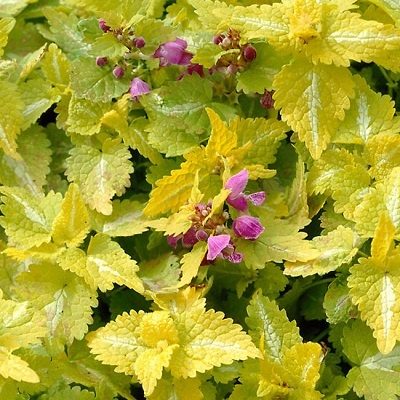
- White foliage with a silvery sheen is characteristic of White Nancy (original import name - White Nancy). The leaves of this variety are thoroughly serrated. They have a thin green border. The tetrahedral stems are colored in light colors. White buds form in late May or early summer days; frost resistance is guaranteed in cold weather down to -29 degrees.
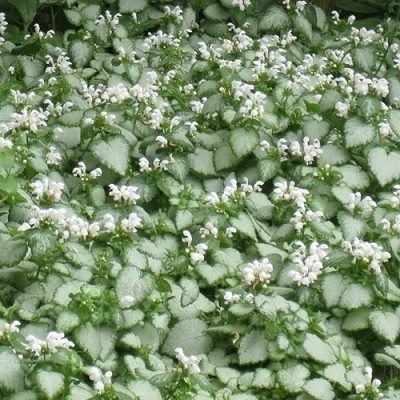
- Golden Ennivesari looks very elegant. This variety has 3 different colored leaves. The culture can grow 60 - 70 cm wide. For its normal development, a light shadow is needed. The flowers are purple-pink.
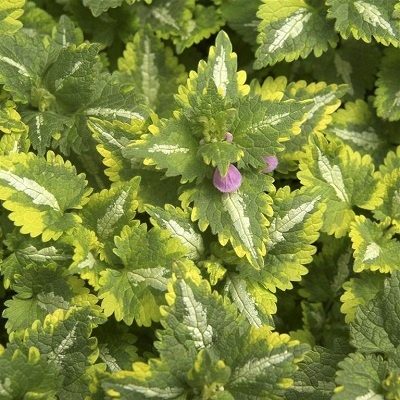
- Growing on relatively fertile soil, the Roseum variety has green foliage. On it - exactly in the middle - a light-silvery area develops. Unsaturated rose buds appear on a plant up to 45 cm high. It will bloom for a long time.
The highest decorative effect is achieved when cultivated in partial shade.

Growing conditions
Seat selection
A lamb in the open field quickly fills all the available space. This grassy carpet looks beautiful but overpowers almost all other plants. Obviously, it is better to avoid planting on fertile land, as well as near fruit and vegetable crops. Violation of this rule threatens, if not suppression of neighbors, then the transfer of aggressive fungi to them. But the alpine slide and rockery will be a good choice.
Alternative solutions:
- registration of bad looking territories;
- landscaping of curbs;
- fences with a low height.
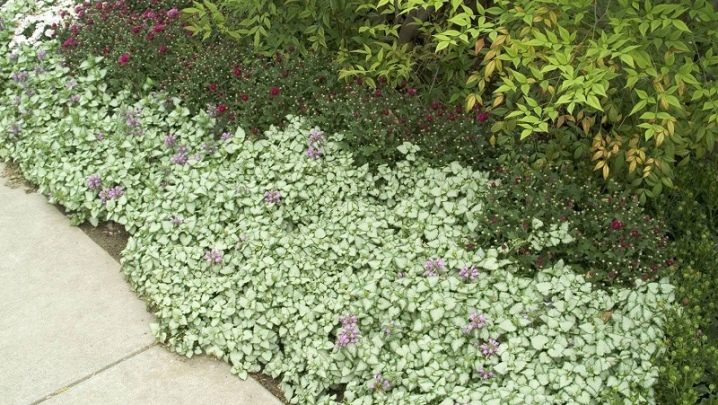
The soil
Clay loam and sandy loam are needed for the clarity. The drainage properties of the earth should be as good as possible. Moderate humidity and limited illumination are encouraged, because on stably drying out soil, the culture will begin to ache and wither. A slight draft will not hurt, however, piercing winds can negatively affect the flower bed.
Along with shady and semi-shady areas, planters and flowerpots can also be used, which require the same regular soil.

Landing
Seeds are sown in shallow furrows. The plantings will then have to be thinned out. Pits for cuttings and cuttings should be such that the root system fits freely. Water is poured into the holes and compost is spread. Perennial varieties of this species cannot be planted next to each other - strictly single plantings must be used.
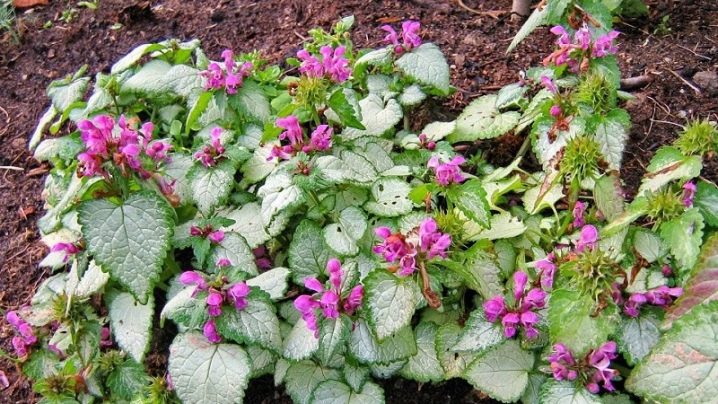
Watering
Lamb is a moisture-loving culture. But when overflowing, the roots can rot. Better even to allow a short impromptu drought than to get carried away with irrigation beyond measure. The grass, which is not watered much for a long time, becomes less decorative. The hotter and sunnier the weather, the more water will have to be used.

Top dressing
You should also not ignore this moment when caring for a spotted lamb. Fertilizers should be applied after pruning. The procedure itself is carried out when the flowering ends. At this point, excess stems and excess lateral shoots are removed. Removing the peduncle, they achieve re-flowering in the second half of August.
Cropped lambs are fed with liquid formulations. For this purpose, any organic fertilizers or mineral mixtures are suitable. An excessive amount of dressings should not be applied. Due to their excess, the grass will grow rapidly and form almost real thickets. In the absence of problems, fertilizers are applied only during budding.
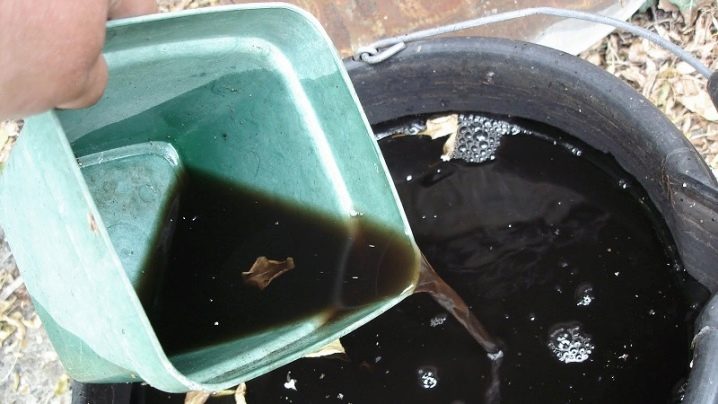
Reproduction
For this purpose:
- germinate seeds;
- cuttings;
- divide the bush (this is the most requested approach).
Seeds are sown in open ground in early spring or late fall... Seed placement trenches should be small. The planting material is laid uniformly. Then it is sprinkled with a small layer of soil and watered. It is necessary to wait for the result 7 - 14 days. Cuttings should be prepared at the end of August. For rooting, a combination of peat and sand is used. The branch dug into the substrate must be watered, then it is covered with a cut bottle.
Condensation is removed by airing, and when roots appear, the plant is transplanted into free soil. The bush should be divided in early spring. This requires a lot of clarity.
The clod of earth is partially removed. Next, the plant is split into several parts. Rooting is ensured when the processes are in good condition.
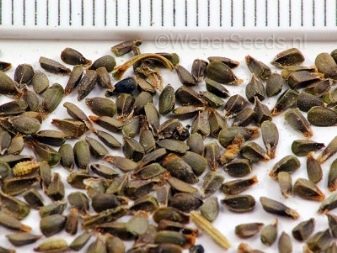
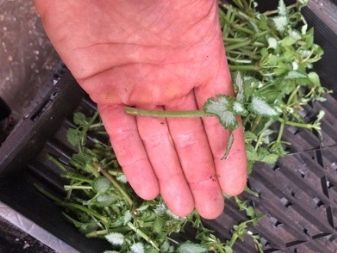
Diseases and pests
Lamb's immunity is quite good. However, under poor conditions and poor care, the culture can be attacked by fungi and parasitic organisms. Root rot is a particular risk. Sometimes it is possible to recognize it only by indirect manifestations. All rotting shoots are eliminated, and the grass is disinfected with vitriol or Bordeaux liquid.
Of insects worth mentioning:
- aphids;
- spider mite;
- shield.
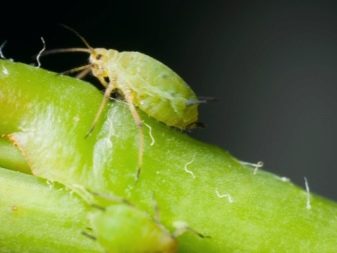
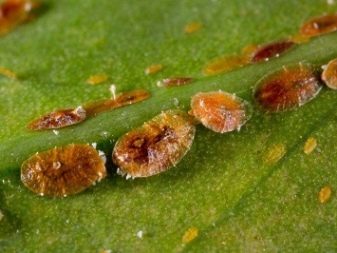
Examples in landscape design
- Flowers of the "Pink Pauter" variety will be beautiful... The photo shows a white-pink group of such lilies. They look graceful surrounded by green plants.

- Another option is fine. for a garden of stones.

- This is also possible ground cover composition.
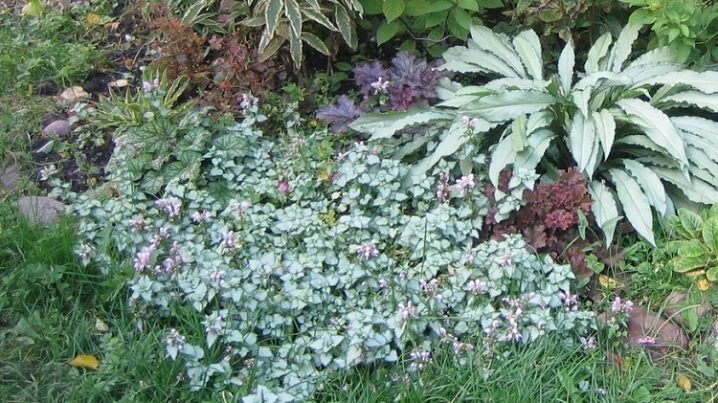
Spotted ash is used when decorating summer cottages and garden plots. She is well received next to curbs. It is also grown in near-ground areas near other bushes. Good companions are:
- hyacinth;
- fern;
- narcissus;
- lungwort;
- dwarf forms of tulips;
- geychera;
- black cohosh;
- hellebore;
- brunner;
- host.
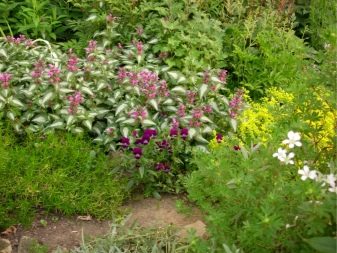








































































































The comment was sent successfully.